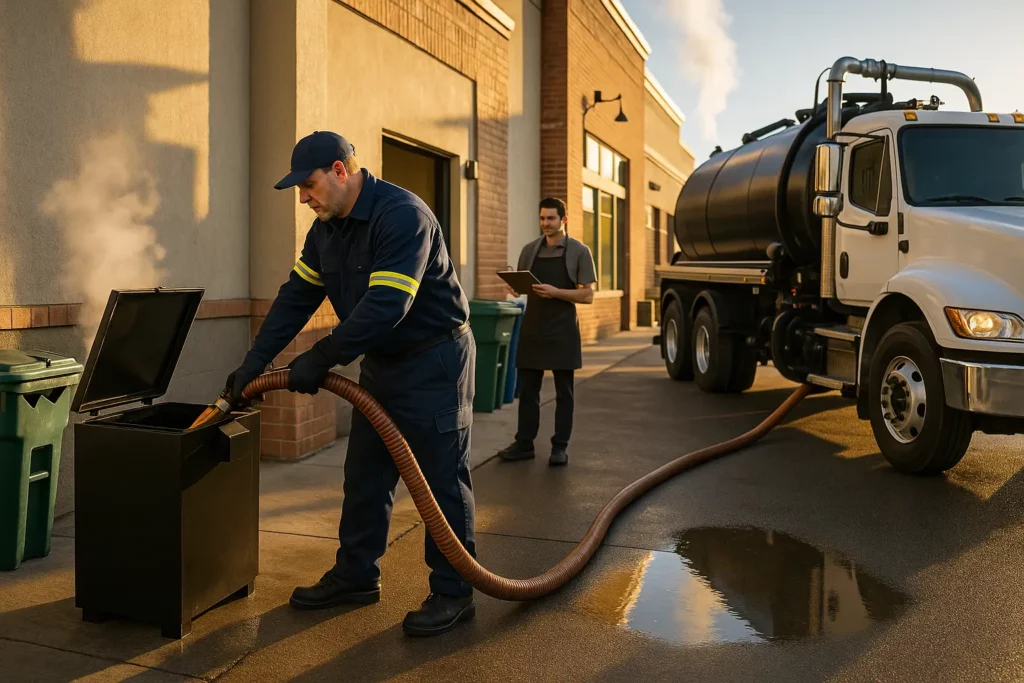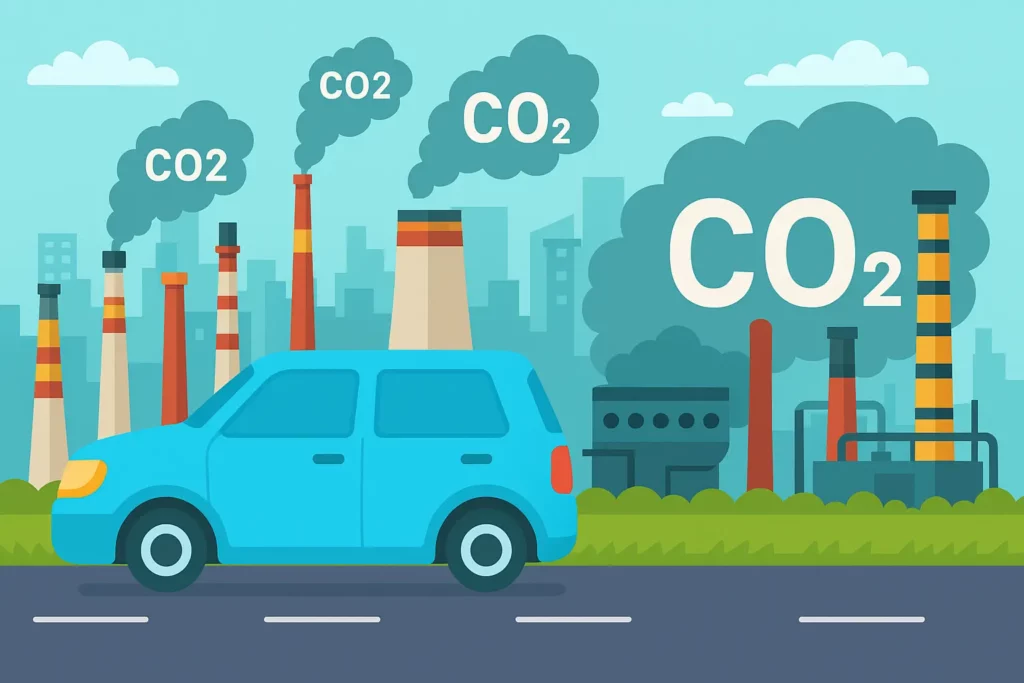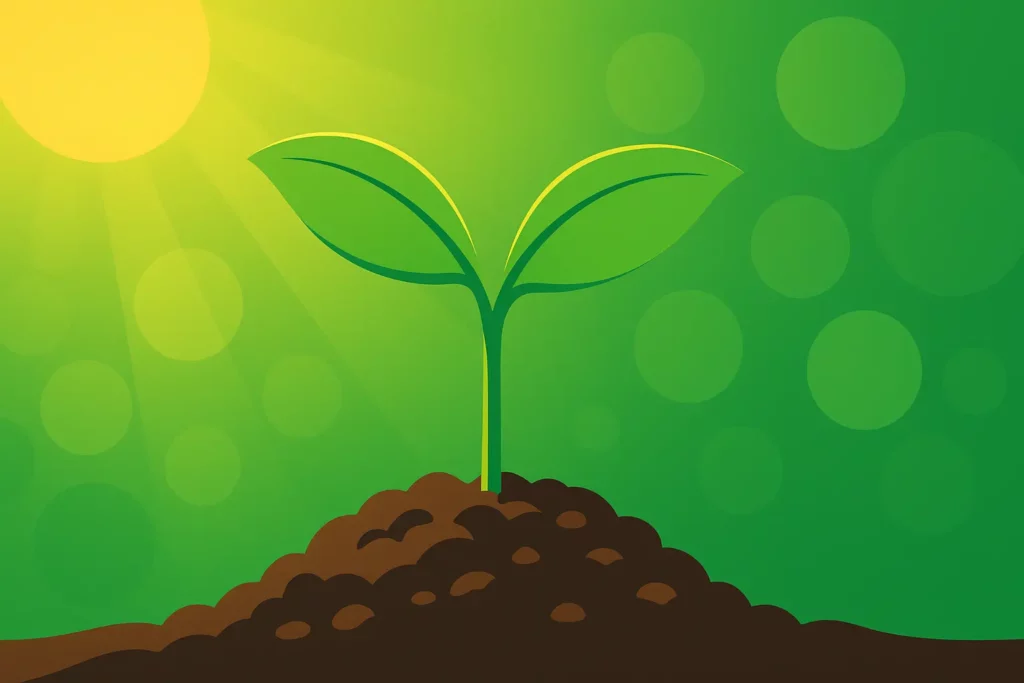*The calculator converts the liters of used cooking oil you recycle into clear environmental impacts. Slide to your monthly volume and instantly see CO₂ prevented, clean energy unlocked, and the distance that energy could power real vehicles.

A Powerful Tool for Sustainability Measurement
How to Use the Calculator
- Move the slider to match your monthly oil volume (0–40 L).
- Watch the three metrics update in real time.
- Read the sidebar for totals plus relatable examples (LED-bulb hours, EV miles, etc).
- Apply the numbers in social posts, sustainability reports, or neighborhood collection drives.
Environmental Benefits of Recycling Used Cooking Oil

| Environmental Benefit | How Recycling Helps |
|---|---|
| Pipe-clog & fatberg prevention | Diverted grease stops sewer solids, lowering backups, repairs, and overflow incident costs. |
| Methane avoidance | Recycling oil bypasses landfills, preventing anaerobic breakdown and potent methane gas release. |
| Water-system protection | Less grease reduces sewer blockages, safeguarding waterways and cutting municipal treatment expenses. |
| Lower GHG footprint | Biodiesel lifecycle emits seventy-four percent fewer greenhouse gases than fossil petroleum diesel. |
| CO₂ prevented | Each gallon recycled avoids sixteen pounds carbon dioxide entering Earth’s warming atmosphere. |
Grease Alchemy
The Science Behind the Savings
Kitchen grease travels a renewable path: collect, refine, distribute—repeat for endless energy.
Energy Content
Used cooking oil is approximately ninety-percent triglycerides and ten-percent glycerol, giving the liquid an energy density that closely mirrors conventional diesel fuel burned in transportation engines.
Transesterification
At biodiesel refineries, methanol and an alkaline catalyst cleave triglyceride molecules, producing methyl esters called biodiesel and recovering glycerin co-product, through a fast, easily scalable reaction.
Carbon-Cycle Benefits
Because the vegetable oil’s carbon entered the atmosphere only months ago, combusting biodiesel simply recycles biogenic carbon, displacing fossil emissions and closing the planetary greenhouse-gas loop.
Metrics Unpacked
Inside the Calculator – What Each Metric Means
| Metric | What It Measures | Everyday Equivalent Examples |
|---|---|---|
| CO₂ Prevented | Pounds of greenhouse gas avoided when oil becomes biodiesel | ≈ 16 lb per recycled gallon |
| Clean Energy (kWh) | Combustion energy recoverable from the oil | LED hours, laptop hours, phone charges |
| Distance Powered | Travel distance possible using that energy | EV miles, gas-car miles, bus seat-miles |

A Closed-Loop Journey from Pan to Power
The Recycling Process – Three Steps
Kitchen grease travels a renewable path: collect, refine, distribute—repeat for endless energy.
Collection
Cool oil below one hundred-twenty Fahrenheit, filter particles, store sealed in HDPE.
Refining
Transesterify triglycerides with methanol; yield biodiesel while glycerin becomes soap or feedstock.
Distribution
Blend biodiesel twenty-to-one-hundred percent into fuels powering machines and heaters everywhere.
Technical Details
Every liter of grease you rescue flips three planet-positive meters all at once.
- Formula: CO₂ savings = Litres × 0.264 gal/L × 22.4 lb CO₂/gal × 0.74
- Primary data: Argonne GREET model for 74 % reduction; U.S. EIA diesel CO₂ factor.
- Assumptions: Soy-based biodiesel feedstock, average U.S. grid mix, midsize-EV efficiency = 0.27 kWh/mi.
- Limitations: Collection routes, oil purity, and blend levels introduce ± 10–15 % variance.

